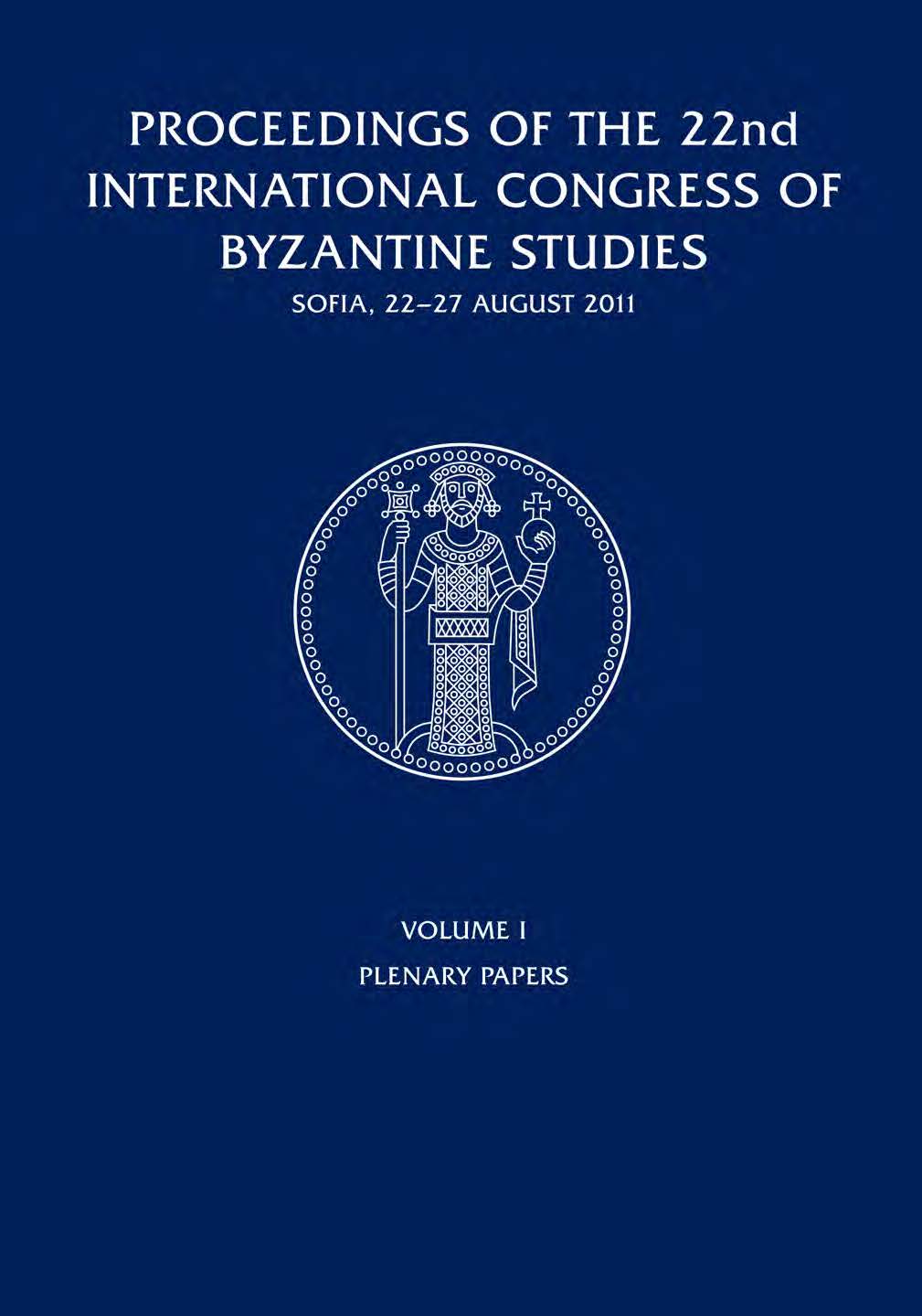
We kindly inform you that, as long as the subject affiliation of our 300.000+ articles is in progress, you might get unsufficient or no results on your third level or second level search. In this case, please broaden your search criteria.


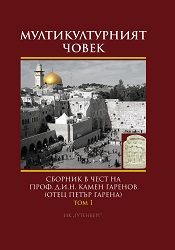
The cult of the nymphs in the province of Thracia is a subject that has barely been studied and is unpopular as a whole. It is probably due to this circumstance that there are omissions in the discovery and identification of nymphaeums from Roman times. It was precisely in this period that the tradition of building this type of sanctuary by mineral springs was introduced, along with the so-called thermae spas. To date, four such sanctuaries have been identified on the basis of votive materials: Aquae Calidae, Stara Zagora mineral baths, Diocletianopolis and Pancharevo. Another two nymphaeums of the so-called rural type were uncovered on the territory of Thracia - one near Ognyanovo and the private sanctuary by Kasnakovo. A logically founded and clearly supported with arguments hypothesis about the location of the nymphaeum in the thermal complex of Diocletianopolis has been developed by means of comparative analysis of the finds from the former, the architecture of the latter and the clarification of the essence of the cult.
More...
Several early Christian basilicas have been discovered in the region of Karlovo up to now: down the route to the Roman road Oescus-Philipopol at the Roman station Soubradice and the ancient settlement nearby the village of Hristo Danovo, on the lands of the ancient settlement nearby the village of Hristo Danovo, on the lands of the village of Voynyagovo, in the monastery complex of the Medieval stronghold Kopsis nearby the village Anevo. Another Christian church is located down the route of the Balkan Roman road from Serdica to the Black Sea on the lands of the village Iganovo nearby the late ancient settlement. On the lands of the village of Vasil Levski in a late ancient settlement an early Christian basilica - the only one in the region with baptistery and synthronon - has been studied. Religious building found had played a great role for Christianization of the local population, whereas it is suggested to be the Yoanica episcopate during VII-IX century
More...
The present preliminary report concerns two churches (Nos 1 and 2) dating from the Middle Ages and located in the Hissarya locality by Dragoinovo village in the region of Purvomai. They are single-naved, single-apse churches with narthexes and entrances from the west. Church № 1 is part of a larger complex including another two Christian churches dated from the second half of the 10-th or the 11-th century, while church № 2 is dated from the 12-th - 13-th century.
More...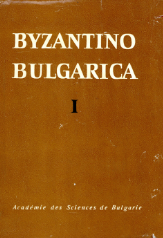

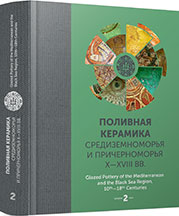
Medieval ceramics from Paterna and Manises were highly prized and very widely traded in the Mediterranean and Atlantic Europe during the Middle Ages. Although a decline in their presence can be observed in the sixteenth and seventeenth centuries due to the boom in Italian majolica, they continued to be distributed, despite the fact that they now represented old-fashioned styles and tastes. The eighteenth century saw the beginnings of a certain commercial recovery, thanks to tiles from the factories in the city of Valencia. The Royal Factory at Alcora (Castellón), in the north of the Valencian region, played an important part in this revival of taste, and its products came to be widely distributed throughout the Spanish-speaking world. This study presents a general overview of the commercial distribution of Valencian ceramics between the sixteenth and eighteenth centuries based on archaeological and historical evidence.
More...
This study consists of initial observations made upon Byzantine, Seljuk, Begliks and Ottoman pottery finds from the Aphrodisias excavations since 2013. Chronology of the pottery finds uncovered in the North Avenue, South Agora, Hadrianic Baths, Theatre and Temple of Aphrodite will be presented briefly. To resolve the contexts in which the potteries belong to, the emphasis is on the history of the city and political events that could have potentially caused considerable changes to the economy. By establishing analogies and considering the chronology of the city, an attempt is made herein to put the pottery finds into their possible contexts.Through the end of the 9th century in Aphrodisias, a sudden rise in the quantity of Byzantine potteries is observed. The city was in commercially connected to Constantinople and centers such as the Adriatic Coasts or Corinth. Pieces of Fine Sgrafitto Ware, Green and Brown Painted Ware and Slip Painted Ware produced from the middle of the 12th century and the beginning of the 13th century have been found in many areas of the city. Very few pottery finds belonging to the Seljuk period have been uncovered. In Aphrodisias, glazed pottery production probably started during the Byzantine or Begliks period.There was a period of growth in Aphrodisias from the first quarter of 15th century to the mid 16th century. In excavated areas, a large number of pottery finds have been found. With the change of commercial routes in the 17th century, the city was increasingly reduced into a rural settlement and has subsisted to the present day.
More...
Whereas historical, political and cultural studies reach the postmedieval period in Lebanon, interests for archaeological artifacts remains neglected.The archaeological excavations undertaken in 1996 and 1997 in Beirut, sites Bey 070, Bey 071 and Bey 111, led to the discovery of tableware ceramics (in the surface layers) dated to the 16th —19th centuries.In this paper, we examine tableware ceramics of various origins: Didymoteicho and Çanakkale (Thrace), Kütahya and Iznik (Analolia), Pisa and Montelupo (Tuscany), Albisola in Liguria, Varages in Provence, European porcelain, as well as local and/or regional ceramics.
More...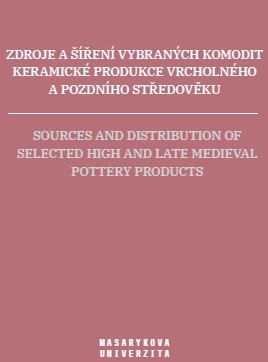
Within the results presented in this monograph, the basic method used to analyse the ceramic pastes of stove and floor tiles and small ceramic sculptures was micropetragraphic analysis. This method provides the most important information on the shard – representation of fragments and rocks, firing temperature, surface treatment etc. The second most frequent method is electron microscopy with an energy-dispersive analyser. This method was used with glazed ceramic artefacts to determine the chemical composition of glazes. The other methods mentioned below were applied when a specific technological phenomenon occurred.
More...
One of the most representative commodities of the medieval and modern ceramic production are relief-decorated stove tiles, in which we can follow up the content and symbolism of decoration motifs as an evidence of material and spiritual culture at the time of their origin. From a technological point of view, it is possible to define the development of production procedures, both in the construction of tiles themselves, and in the construction of entire heating devices. However, problems arise when we try to find out how technological novelties and relief motifs have spread among stove builders. Apart from natural scientific analyses, which have long been used to solve this question (e. g. Loskotová–Hložek 2017), we also searched for the possibilities of analysing the relief decoration on tiles from a technological and not from an art historical perspective. For this purpose, we had to document the reliefs in order to obtain exact data, which were not yet provided by the standard methods of archaeological research.
More...
Hunting themes began to be depicted on relief-decorated stoves since the second half of the 15th century, when the tile iconography was enriched with motifs portraying prestigious social activities and individual themes were drawn from the everyday life of privileged social classes. Hunting was an integral part of noble style and a popular entertainment. Together with tournaments and accolades, it created the aristocratic culture. The popularity of hunting is evidenced by genre scenes from the hunting milieu, depicted in the form of woodcuts, illuminations and graphics, or in the form of painted, carved or sculpted decoration in the representative interiors of manorial and ecclesiastical residences and burgher houses. Attractive themes were associated not only with castles and mansions, as we would expect with regard to their tight connection with hunting grounds, but we know them also from towns and monasteries. This fact indicates that hunting was enjoyed not only by the uppermost social classes, namely the ruler and aristocracy, but also by wealthy patricians and clergymen. The spread of the motif among various social milieus, initiated by the effort to imitate the lifestyle of upper classes, increased the demand for this category of luxury goods. And production centres responded to this demand by their updated supply. The tiles with hunting decoration have been part of the manufacturing programme of ceramic workshops for about fifty years. Together with other scenes, they contributed to the adoption of cultural habits of high society.
More...
Seen from the perspective of analytical methods, the relief-decorated floor tiles exhibit both common and different technological traits when compared to the stove tile production. This finding can be best demonstrated on the sets of floor tiles from Brno. A surprising characteristic of medieval floor tiles is a very low proportion of temper in the clay body, which makes it completely different from the raw materials used in the stove-making workshop whose waste was found in the Veselá Street. In terms of technology, floor tiles resemble more the bricks. We can thus suppose that this commodity has been produced by brick makers. The location of brickworks in the territory of Brno is well known from written sources and archaeological excavations (Holub–Anton 2020). The results of analyses help us localise the two main places of clay extraction. The majority of floor tiles are probably made from raw materials acquired from terraces above the rivers Svitava or Ponávka (1st and 2nd material groups). These materials are characterised by a low temper content. Clay has been extracted in places adjacent to the southern edge of the town walls and in suburban areas north and northeast of the medieval town core – the different character of these locations might have caused small differences between groups 1 and 2. It can be generally said that fluvial sediments based on transported loess were historically considered a raw material suitable for the production of building ceramics. This statement was proved e. g. in a medieval brickworks uncovered by archaeological excavations in Brno-Královo Pole (Holub–Merta–Zůbek 2006, 45). These sediments cannot be macroscopically distinguished from primary loess deposits, so they can be generally confused with each other.
More...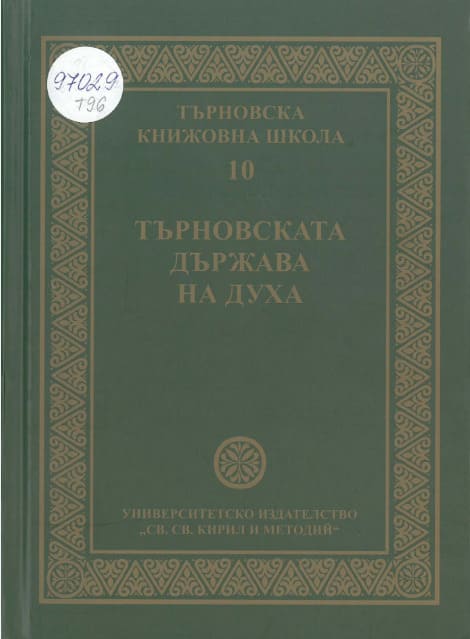
Presented are two inscriptions accompanied by graffiti – drawings from the end of 9th and the beginning of the 10th century found in North-Eastern Bulgaria. It is believed that they are directly related to the spread of the cause of Cyril and Metho¬dius in Bulgaria since the mid-9th century. The first monument was discovered during archaeological excavations in the Old Bulgarian monastery near the village of Ravna, Provadiya region, east of the capitals of Pliska and Preslav. There is no doubt, there is written КΛΗΜΕΝΤΟΣ ΠΑΠΑ ΡΟΜ(Η)С (Clement Pope of Rome). Next to the sign, there is a dove against two dragons. Definitely the cult of Clement Pope of Rome, who lived in the first century, and died in exile in Chersonese, was introduced in Bulgaria by the Great Moravian students of St. Cyril and St. Methodius, who arrived in Pliska in 886. The cult was reborn after Cyril found the remains of Clement Pope of Rome on January 30th 861 at the mission in Chersonese, then took them to Rome and formally submit them to the Pope Adrian II in 867. It is remarkable that the only Eulogy to Clement of Rome, written by Clement of Ohrid himself, compares the Pope to a dove brought up by Apostle Peter himself. The second monument is the inscription in Cyrillic and Glagolitic letters from the old Bulgarian fortress near the village of Tsar Asen, Silistra, that emerged around the end of 9th and the beginning of the 10th century. It reads: “On Gospozhina day has been placed the cross. Lord have mercy on me, Manasseh monk with serf through Byzantium“. It is assumed, that Manasseh is a new, unknown by name disciple of St. Cyril and St. Methodius, who specifically warns that he comes from Byzantium, the old name of the Byzantine capital Constantinople. According to Naum’s biography, some of the Mora¬vian students of St. Methodius are sold by the German clergy in slavery. Later, with the support of the Emperor, they were purchased and received in Byzantium, and later, with the personal assistance of Prince Boris, they were brought to Bulgaria.
More...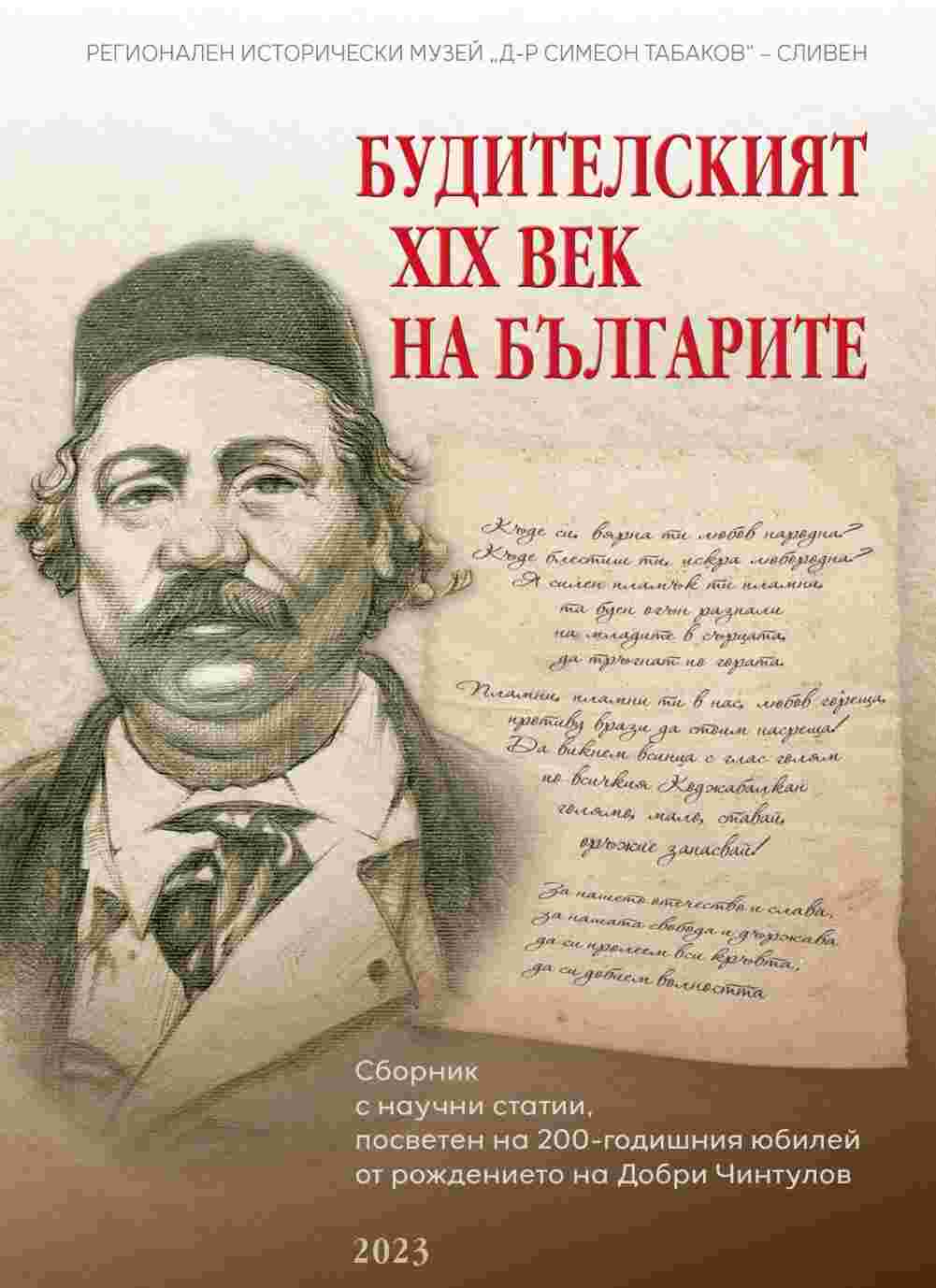
The article examines the reports for the archaeological monuments on the territory of the city of Sliven and her vicinity, left in the travelogues and descriptions by Evliya Çelebi, S. Sayger, Dr. С. F. Pоyet, August Jochmus and Georgi Rakovski, from the 17th – to the middle of the 19th century. Evliya Celebi, Sayger, Dr. Pоyet and Rakovski mention the remains of the Early Byzantine and Medieval fortress of Hisarlka, north of the city. Johmus describes the remains of one ancient road in the mountain north of Sliven, and Rakovski notes some other fortifications in the area near the city.
More...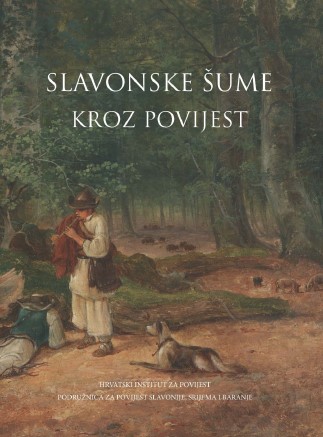
The paper focuses on analysis and comparison of two types of sources (selected late antique and medieval narrative sources as well as late medieval charters on purchase, sale, exchange, pawning, donation and perambulation of estates) referring to forests in the region between the Sava and Drava rivers. The aim is to detect and present which types of data on forests can be found in late antique and medieval narrative sources (of western/Latin and eastern/Greek provenance) and in late medieval documents, particularly in perambulation records. Through the analysis of narrative sources, the paper also endeavours to detect how much and what the writers knew about the forests, whether their knowledge was based on their personal experience, on acquired information or on the knowledge of literature; consequently what they have to say could simply be construed as a direct transfer of identical data and formulations from earlier literature references. Late medieval documents should for instance show the importance of the forests and trees in the determination of boundaries, which sorts of trees could be found in forests of the region between the Sava and Drava rivers, as well as what forests meant to the population of that time. The analyzed narrative sources offer too few information that is directly related to forests in the region between the Sava and Drava rivers. The exception is Claudian who makes the only explicit mention of forests in the region, and apparently in its eastern part, the former Roman province of Second Pannonia (Pannonia Secunda). However, given the panegyric character of his poem, his description has primarily symbolic power and is also quite general. On the contrary, Sextus Aurelius Victor was for a while governor of the Second Pannonia, and his remark about immense forests of Pannonias carries a greater weight as an eyewitness account.
More...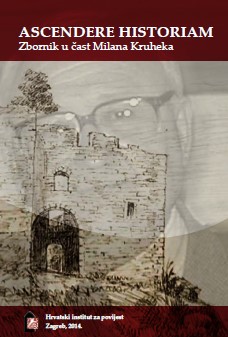
On the slightly risen and very easily defended northern edge of the hill on which present day city of Udbina is situated, there is the locality named Gradina (▲ 849). This locality is situated on the very top of the rocky uplift under which the Krbava field is divided in two parts. Eastern part leads to Visuć and Kozja Draga, while the second part leads to south towards Kurjak and Komić. Therefore, the Gradina is situated on the location of the excellent control of those parts of Krbava field. This location was inhabited from the prehistoric period, which was confirmed by the results of the archeological excavations on the northern part of the defense wall, and the excavated items are dated in the Iron Age, that is in the period between the 8th and the 5th century BC. This position was also used in the Roman period what can be confirmed by the founding of two cententionals from the 3rd century. The life on this position was continued in the middle of the 14th century, if not even in the end of the 13th century, what still has to be proven by the excavation of the so far intact layer of the first phases of the building of the stronghold of the counts Kurjakovići. The excavations conducted after 2008 were focused on the upper area of the hill (preliminary named “upper city”) with the circular tower of the diameter of 7m (external diameter of 11m). Bellow of this round tower on its western and northern external side the foundation of even older circular tower was found. This older tower was connected with the inner room with smooth daub flooring. The dimensions of the both towers are almost identical, although the older one is slightly smaller. On the northern part of the older tower the remains of the stairs which had lad to tower were found. Furthermore, several excavation probes were open on the northern slope just beside to the remains of the entrance of the outer wall. Near to the inner part of the wall the remains of the burned beams and huge iron axle pins were found. These founding indicate the possibility of the existence of the wooden console and/or the room for guards. Besides the western part of the entrance of the outer wall the carved remains of fi re place were found also. Furthermore, in order to alleviate the hill slope, the shallow staircase was made of compact boulder. The excavated moveable material is very various and it ranges from numerous construction tools as well as axle pins and staples, to the various weapons and military equipment (rifle barrels, lead bullets, stone cannon bullets, spurs…). Finally, the various ceramic, glass and bronze dishes were also founds, and these artefacts are evidence of the civil life in Udbina castle in the period between the 15th and the 17th century.
More...
Elongated and relatively strait the Humščak hill is the integral part of the relief of the south-western part of the Varaždin County that is the integral part of the micro-region northern of Breznički Hum. The landscape of this region is mostly composed of the hills and lower mountains with the average altitude between 150 and 300 meters. Although covered by the forest, the Humščak hill is dominant hill in the landscape and it straits from the east to west with the highest peak at 370 meters. This is an excellent strategical position with great control of the neighbouring areas and with plenitude of water resorts – all of this pinpointed the Humščak hill as a possible archaeological site. First artefacts were recovered from the surface layers in 2001, but the first archaeological probes were done in 2010, while full scale archaeological excavations started two years later. It was the footnote no. 406 in the Milan Kruhek’s book “Krajiške utvrde i obrana Hrvatskog kraljevstva tijekom 16. stoljeća”, in which the čardak on the Hum hill was mentioned, that brought the attention of the archaeologist, who conducted field surveying, archaeological probing, topographic and toponomastic analysis in order to define the possible position of the čardak on the Hum hill mentioned in the historical documents. During the two archaeological campaigns on the presumable location of the čardak, the remains of the architectural sets as well as numerous movable artefacts were found. In spite of the fact that excavated architectural remains are only fragmental, the author argues that these remains confirm that on that position the wooden object had existed. The excavated architectural remains were remains of the stone wall, the stone covered passage, the flooring made of daub as well as two holes in the ground used for the settling of the perpendicular wooden pillar. Among the movable artefacts, which are still not processed, there are numerous iron nails, the examples of the simple ceramics, the vast quantity of the plate stove tiles with square openings, as well as many other different types of stove tiles from the upper coronal of the stove. Furthermore, the various metal artefacts were also excavated such as lead bullets, horse equipment (ring for attaching the saddle), and horseshoe, hunting arrow, buckle and bronze fibula. Finally, the luxurious artefacts are rare, but two biconical glass bottles, as well as glazed decorated glasses and a piece of faience. The spectra of the artefacts very well fits in the everyday life of the 16th century guards that served on the Humščak hill during the 16th century.
More...
The upper town of the Knin castle is chronologically third complex on the St. Savior hill overlying of the modern city of Knin, as well as the core of the present day stronghold placed on the whole western part of the St. Savior hill. The oldest part of this stronghold were constructed no later than 950 and therefore the upper town of the Knin castle is one of the oldest medieval strongholds in Croatia. The upper town of Knin is developed mountain longitudinal noble castle which was thoroughly modified during the baroque period just to become artillery stronghold. It is place on the very northern edge of the Knin castle on the very long and strait ridge with the steep flanks, which is additionally separated from the rest of the hill by the broadside dike. The complex of the castellan’s residence is divided in two courts by the inner door. The southern court is smaller and lower, while the northern court is bigger and placed in the central part of the stronghold. In both of these courts there are several buildings of which the biggest are military barrack and the castellan’s house placed in the bigger court. Among the other existing buildings there are the remains of the old warehouse, than two large cisterns, powder warehouse, dungeons and the complex of the restrooms. The upper town of the Knin castle was defended by four rectangle and one circular semi-turret, but today only eastern and the upper town of the Knin castle semi-turret still exist. After the Venetian capture of Knin, during the period between 1688 and 1711, the former medieval and Ottoman upper town was transformed in baroque stronghold and incorporated in the complex of the Knin castle. During these construction work in the beginning of 18th century on the site of the southern turret the new fi ve-square cannon platform was built, while on the site of the north-eastern turret the new large prison house (Kalunerica) was constructed. Finally, the south-western turret was demolished in the period. In spite of the fact that the later baroque reconstruction had somewhat changed the original medieval upper town of the Knin castle, it remains one of the best preserved medieval defensive complex in Croatia.
More...